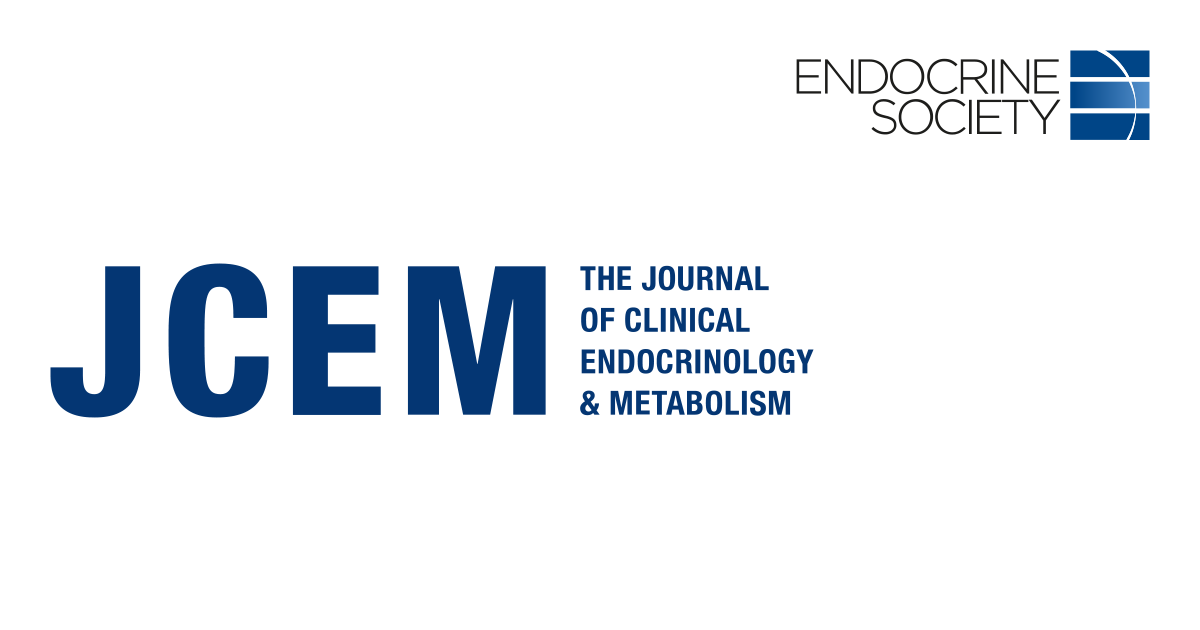Eddy Edson
Well-Known Member
- Relationship to Diabetes
- Type 2
It's calories, not carbs, and insulin resistance isn't causal for obesity.

 academic.oup.com
academic.oup.com
The “carbohydrate-insulin model” claims that adipose tissue insulin sensitivity explains development of obesity via adipocyte energy storage and/or low postprandial metabolic fuel levels.
Objective
We tested whether adipose tissue insulin sensitivity predicts changes in the degree of obesity over time.
Design
A secondary analysis of an observational study of youth with obesity. Adipose tissue insulin sensitivity/resistance and whole body insulin sensitivity were evaluated using OGTT derived surrogates in the face of changes degree of obesity over time.
Setting
A pediatric weight management clinic.
Participants
Two hundred and thirteen youths with obesity.
Main outcome measure
Change in BMI-z score (the change in the degree of obesity)
Results
Mean BMI-z change was 0.05 ± 0.28 (range:-1.15 to 1.19) representing a broad distribution of changes in the degree of obesity over a follow up period of 1.88 ± 1.27 years. Adipose tissue insulin resistance was not associated with changes in the degree of obesity in univariate or multivariate analyses (adjusted for baseline age, BMI-z score, sex, ethnicity and time of follow-up). Low postprandial free fatty acid concentrations or their suppression during the OGTT were not associated with changes in the degree of obesity in univariate or multivariate analyses. Whole body insulin sensitivity was not associated with changes in the degree of obesity in univariate or multivariate analyses.
Conclusions
In this secondary analysis, in youth with obesity, adipose tissue insulin resistance is not protective from increases of the degree of obesity and skeletal muscle insulin resistance is not associated with increases of the degree of obesity.

Adipose tissue insulin resistance is not associated with changes in the degree of obesity in children and adolescents
AbstractContext. The “carbohydrate-insulin model” claims that adipose tissue insulin sensitivity explains development of obesity via adipocyte energy storage an
Abstract
ContextThe “carbohydrate-insulin model” claims that adipose tissue insulin sensitivity explains development of obesity via adipocyte energy storage and/or low postprandial metabolic fuel levels.
Objective
We tested whether adipose tissue insulin sensitivity predicts changes in the degree of obesity over time.
Design
A secondary analysis of an observational study of youth with obesity. Adipose tissue insulin sensitivity/resistance and whole body insulin sensitivity were evaluated using OGTT derived surrogates in the face of changes degree of obesity over time.
Setting
A pediatric weight management clinic.
Participants
Two hundred and thirteen youths with obesity.
Main outcome measure
Change in BMI-z score (the change in the degree of obesity)
Results
Mean BMI-z change was 0.05 ± 0.28 (range:-1.15 to 1.19) representing a broad distribution of changes in the degree of obesity over a follow up period of 1.88 ± 1.27 years. Adipose tissue insulin resistance was not associated with changes in the degree of obesity in univariate or multivariate analyses (adjusted for baseline age, BMI-z score, sex, ethnicity and time of follow-up). Low postprandial free fatty acid concentrations or their suppression during the OGTT were not associated with changes in the degree of obesity in univariate or multivariate analyses. Whole body insulin sensitivity was not associated with changes in the degree of obesity in univariate or multivariate analyses.
Conclusions
In this secondary analysis, in youth with obesity, adipose tissue insulin resistance is not protective from increases of the degree of obesity and skeletal muscle insulin resistance is not associated with increases of the degree of obesity.
